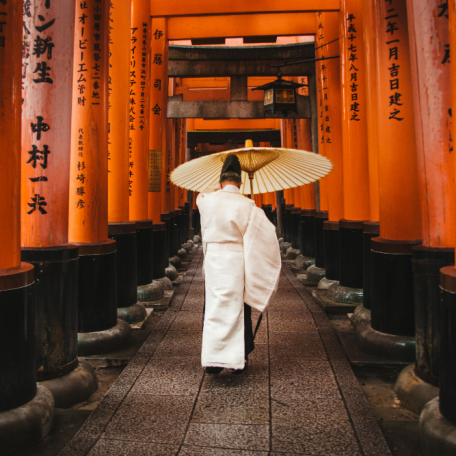Unagi, all you need to know about this Japanese tasty food
Jul 21, 2020
BY Denise Aoki

Among the rich variations of seafood dishes we can find in Japan, Unagi (the freshwater eel Anguilla japonica) has a special place in Japanese hearts due to the rich and fatty flavor and the legendary health benefits.
The best eels to make the dishes are caught wild and, unlike its saltwater cousin Anago, which is often simmered or deep-fried, Unagi is usually barbecued in a style called kabayaki. This traditional and laborious process in which its fillets are grilled and basted in tare (a sweet-salty sauce) may look very simple, but in fact, it requires years of training from the chef in order to achieve perfection. The preparation methods are different in eastern and western parts of Japan and the tare sauce recipe, one of the most important elements of the process, is usually kept secret by the owners of each eel restaurant.

For all its benefits and complex preparation methods, and in contrast to the soba or ramen, which you usually can find at low prices, grilled Unagi is an expensive delicacy in Japan. It is most commonly served as what we called kabayaki (grilled unagi on skewers) or unadon ( the same grilled unagi but served over a bed of rice), but you can also find it in sushi dishes, as shirayaki (eel grilled without sauce) or in a sweet snack version called Unagi pie, a kind of biscuit with powdered Unagi.
The dish also plays an important role in the regional cuisine of places like Hamamatsu city and Nagoya. In Nagoya, a variation of Unadon called hitsumabushi can be found and the difference from the eel/rice dish is the size of the slices of eel, the serving vessel and the way you eat the dish.

Unagi is eaten all year but also consumed on a special day in Summer called Doyo no ushi no hi (literally translated as “Day of the ox”), in which it’s a tradition in Japan to eat Unagi in accordance with the old Japanese calendar to bring vitality and strength for the rest of the year. The origins of the tradition are quite interesting: During the Edo era, it’s said that Hiraga Genmai (1728-80), a well-known doctor, declared that eating eel on Doyo no ushi no hi assured a healthy passage through the hot summer months, preventing illness and other misfortune for the benefit of a friend’s unpopular eel shop. From that day on, people started to eat eel on that specific day.
This story has some truth… Unagi actually has a lot of nutrients such as protein, calcium and vitamins A, B1, B2, D and E, that help to increase stamina levels, especially during the Summer in Japan (between mid-July and the early part of August), when our bodies are very tired due to the high temperature and high humidity. That’s why you will find many Unagi bentos in the supermarkets, konbini stores and see many advertisements encouraging you to try eel in Japan during summertime.
Consumed for centuries, there is no denying that Unagi is a genuine classic of Japanese traditional cuisine and a popular dish due to its health benefits and delicious taste. You can find Unagi in Japan all year round but especially during summertime, this Japanese delicacy will be deliciously available for you to try on your next trip to Japan. Make sure to put this on your foodie bucket list!
Featured photo by 加藤 俊 from Pixabay
PIN THIS FOR LATER
Be sure to join our online Tours with local experts in Japan!
3
shares
Book your pocket wifi now to stay connected through your entire Japan Journey!

Be sure to get the JR Pass to make navigating Japan during your trip that much easier!

YOU MIGHT ALSO LIKE




